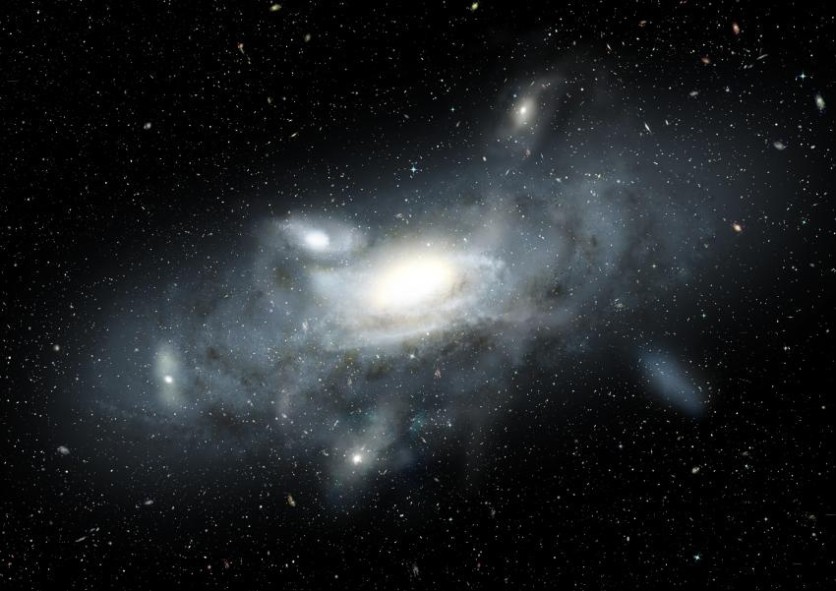Astronomers using the James Webb Space Telescope found a distant, young cannibal galaxy that closely resembles the early phases of our very own Milky Way galaxy, according to a press release by the Royal Astronomical Society.
The galaxy is called 'The Sparkler' and it hails all the way from a system of globular clusters and galaxies. This newly-found cannibal is devouring its neighboring objects as it continues to grow massively.

Milky Way- like Object
Discovering this Milky Way-like object was made possible through some of the first data from the Webb telescope. The Sparkler was named for its two dozen orbiting globular clusters and astronomers said that this gives them a unique opportunity to look at the early formation of the Milky Way.
Just like The Sparkler, the Milky Way is brimming with globular clusters with around 200 on its stride. These clusters are extremely bright because they are filled with millions of stars.
The Sparkler lies in the southern constellation Volans. The galaxy and its network of globular clusters have been found at a redshift of 1.38.
This indicates that we are looking at the galaxy roughly 4 billion years after the Big Bang, or about 9 billion years ago, according to the Royal Astronomical Society.
Webb's powerful infrared vision and the brightening effect of a gravitational lens aligned in front of the Sparkler helped astronomers to discover this galactic object.
Cannibal Galaxy
Professor Duncan Forbes of Swinburne University in Australia and Professor Aaron Romanowsky of San Jose State University in the US led the discovery.
They determined that the compact star clusters orbiting the Sparkler resemble younger counterparts of the clusters now revolving around the Milky Way by analyzing the age and metallicity distribution of a dozen of these clusters.
Many of them are likely to be globular clusters since they have old formation dates and are metal-rich, which is comparable to those seen in the Milky Way's bulge.
Some of the star clusters were also found to have poor metallicity and intermediate ages. They are connected with the satellite galaxy that is accreting onto The Sparkler.
It also appears to be devouring this satellite galaxy and its network of globular clusters, which is similar to what our home galaxy has done in the past to grow in massive size.
Even though The Sparkler only has 3% of the Milky Way's mass at the moment, it is predicted that it will eventually develop to match the Milky Way's mass in the universe as we know it.
To find more clusters and satellites near the Sparkler, scientists will need to perform deeper imaging.
"We appear to be witnessing, first hand, the assembly of this galaxy as it builds up its mass - in the form of a dwarf galaxy and several globular clusters" Prof. Forbes said in a statement.
"We are excited by this unique opportunity to study both the formation of globular clusters, and an infant Milky Way, at a time when the Universe was only 1/3 of its present age."
The findings of the study were published in the montly notices of the Royal Astronomical Society.
Related Article : NASA's James Webb Space Telescope Catches an 'Asteroid Photobomber' Roughly the Size of Rome's Colosseum





